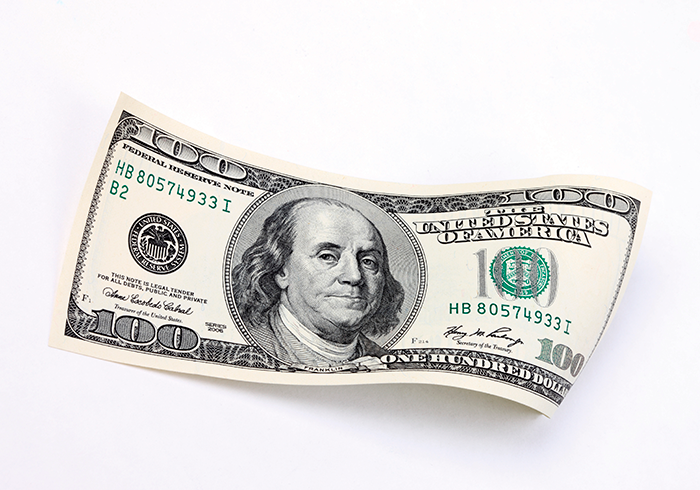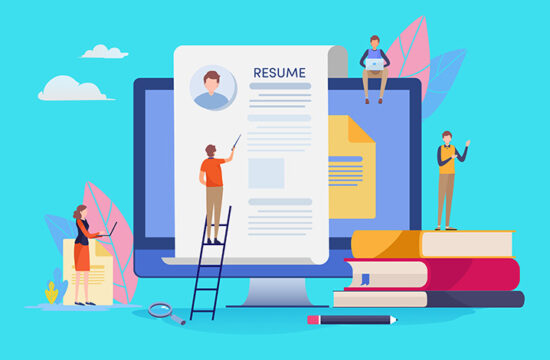Find out what I learned the hard way
By Melissa Stefanec
This spring, I will do something I’ve been dreaming off since I was a much younger woman. I will pay of my student loans.
It’s going to be a special and emotional day.
There will likely be cake and wine, because all celebrations deserve those two things. Although this historic event won’t be accompanied by any tearful speeches, it will involve some internal reflections.
It will have been 13-plus years since the fateful day I took my first student loan, and I know I won’t be able to escape reflecting on how I got to the present.
How did I actually pay off all of that money? More importantly, did I really need to borrow all of it? And, perhaps, most important of all, how I can apply what I’ve learned to financial decisions in the future?
I won’t bore you with all the details of my musings, but I will share how I got through the process and what I wish I had done better.
Every student borrower has a story. Maybe you’re the first person in your family to attend college. Maybe you’re the twentieth. Chances are, you chose a state university because money was a concern for you. You wanted a quality education and a bill that you or your family could handle. So, you became one of the many people in the United States to acquire student loan debt. According to Forbes.com, citing the Federal Reserve Board, Americans owed $41 trillion in student loan debt as of June 2017. While you are in the throes of contributing to this debt, there are some things you can do and questions to ask yourself to mitigate your borrowing. Before you borrow another dollar, my advice is to do the following things.
Financial knowledge is power — seek it out
My story started like many before me and many that will come after me. I came from a blue-collar family. I was paying my own way. My family wasn’t taking loans or giving me money. I had to find a way to finance my education. So, I sat down and talked to people at the financial aid office. They were very helpful. I armed myself with all the information I could get my hands on. I dissected my financial aid package. How long were my aid and scholarships good for? Did the amount change each year? Which of my loans were accruing interest while I was in school and which were not? Which of my loans had fixed interest rates and which had variable rates? How long did I have pay these loans back? It felt like I asked a thousand questions, but once I got the answers, I knew I could make better decisions.
Learn the difference between subsidized loans, unsubsidized loans, and private loans
There are a lot of important differences. There is a great question-and-answer tutorial on the Federal Student Aid website at: https://studentaid.ed.gov/sa/types/loans/.
Here is a summary:
• Direct subsidized loans are available to people with financial need. The U.S. Department of Education pays the interest on these loans while you are in school at least half time, during your grace period and during periods of deferment. These loans typically have fixed interest rates.
• Direct unsubsidized loans are available to any student. You are responsible for paying all interest on the loan at all points in time. While you are in school, you can defer the interest, but the interest will accrue and be added to the amount you borrowed. These loans typically have fixed interest rates.
• Private loans come from private lenders and are not secured by the federal government. They can be secured by an individual according to the terms of the borrowing agreement. These loans typically have variable interest rates.
Chart and evaluate your expenses
As boring and painful as is, setting a budget is also extraordinarily liberating. Knowing your cash flow lets you focus on other more important things. Make a simple spreadsheet with all of your expenses (bonus Excel experience). Do the same thing for all of the line items on your financial aid package and any income you are earning. If you are going to use some of your financial aid to cover living expenses, differentiate between what’s nice to have and what you need.
Be cautious of borrowing more than you need
It does feel nice to have a little cushion in your bank account and a little fun money, but be reasonable if this money is coming from loans. Try to borrow as little as you can to get by comfortably. If you can find a way to borrow $500 less a semester and you spend eight semesters in college, you will save $4,963 during the course of a 10-year repayment plan and lower your monthly payment by $41. (This is assuming a fixed interest rate of 4.45 percent, which is the current rate for undergraduate, direct unsubsidized loans.)
Be cautious of borrowing for extracurriculars
There are a lot of great opportunities for students. For example, you can travel or study internationally. These programs offer valuable experiences, but make sure you evaluate the total cost before you commit. Taking a class where you spend a few weeks in another country may seem like a bargain at only $1,500, but using the scenario above, you are actually paying back $1,861 and adding $15 to your monthly payments. It all starts adding up, so be prudent.
Use a loan calculator
There are lots of good online loan calculators. Find one and use it. Bankrate has an easy-to-use calculator that can be found at: www.bankrate.com/calculators/college-planning/loan-calculator.aspx. However, if you borrow from a private lender, make sure to examine all the possible scenarios associated with variable-interest-rate loans.
Talk to the financial aid office about, well, everything
Colleges employ people who dedicate their working hours to everything student loans. Seek those people out and pick their brains. The student loan process is a hard thing to get your head around, and it can be very intimidating. Make an appointment and take the time to dissect your borrowing with someone from the financial aid office. You won’t regret it.
Celebrate the Excelsior Scholarship
New York state recently created a program that is the first of its kind in the nation. It will benefit students from middle-class families. Many students now qualify for free tuition at SUNY or CUNY colleges. For more information visit: www.hesc.ny.gov/excelsior/.
Imagine yourself in five (and 10) years
Cubicles and taxes! I kid! When you are looking at how much to borrow in college, think about what matters down the road. Having extra money for lattes, beers, travel and toys is really nice, but if you are purchasing that sort of stuff on borrowed money, you should re-think your strategy. Borrowing more than you have to will negatively impact your future. College loan debt can be debilitating down the road, so do everything you can to put yourself in the know and make informed choices. Let college debt play the smallest role possible in your bright future.












